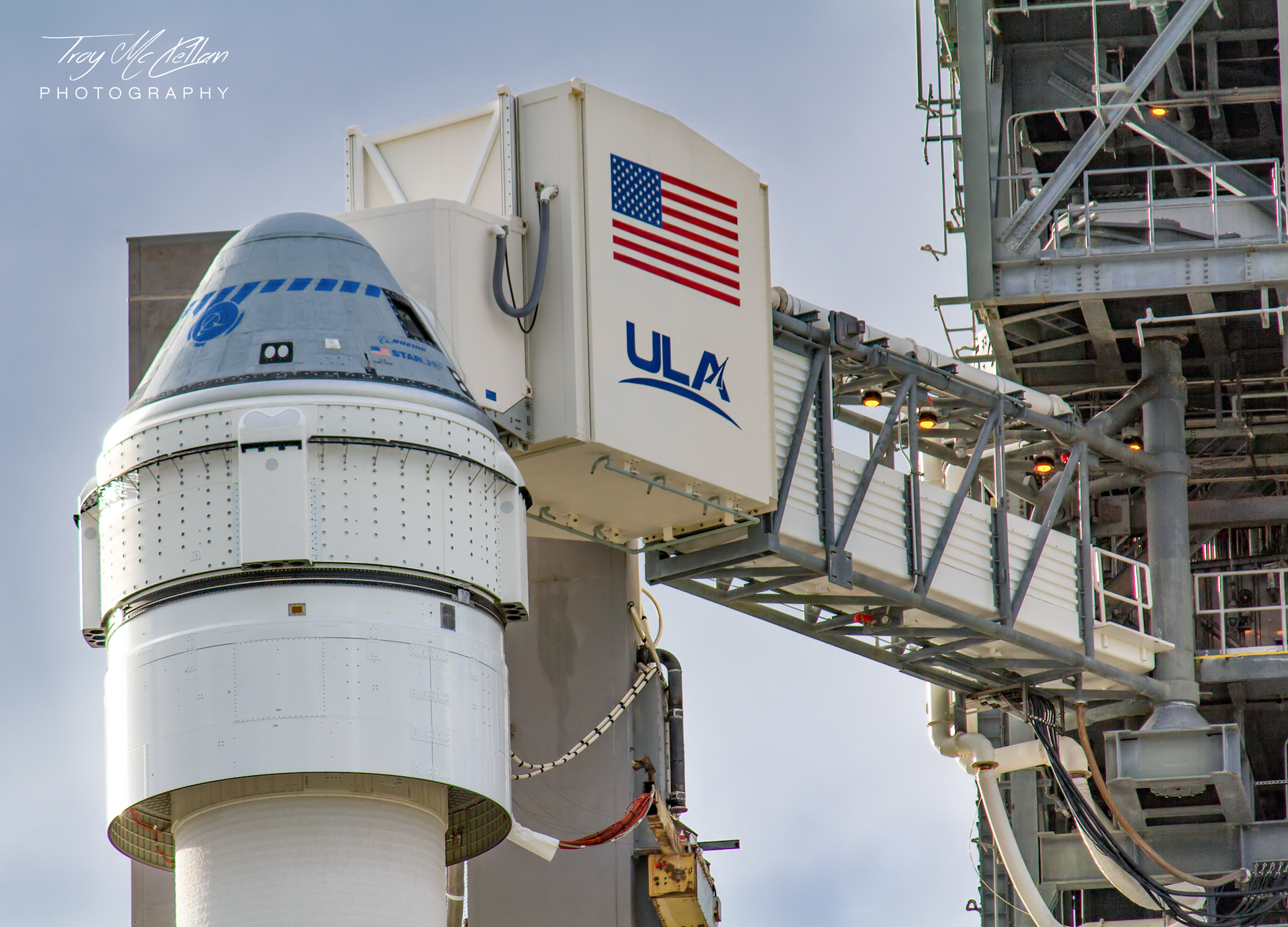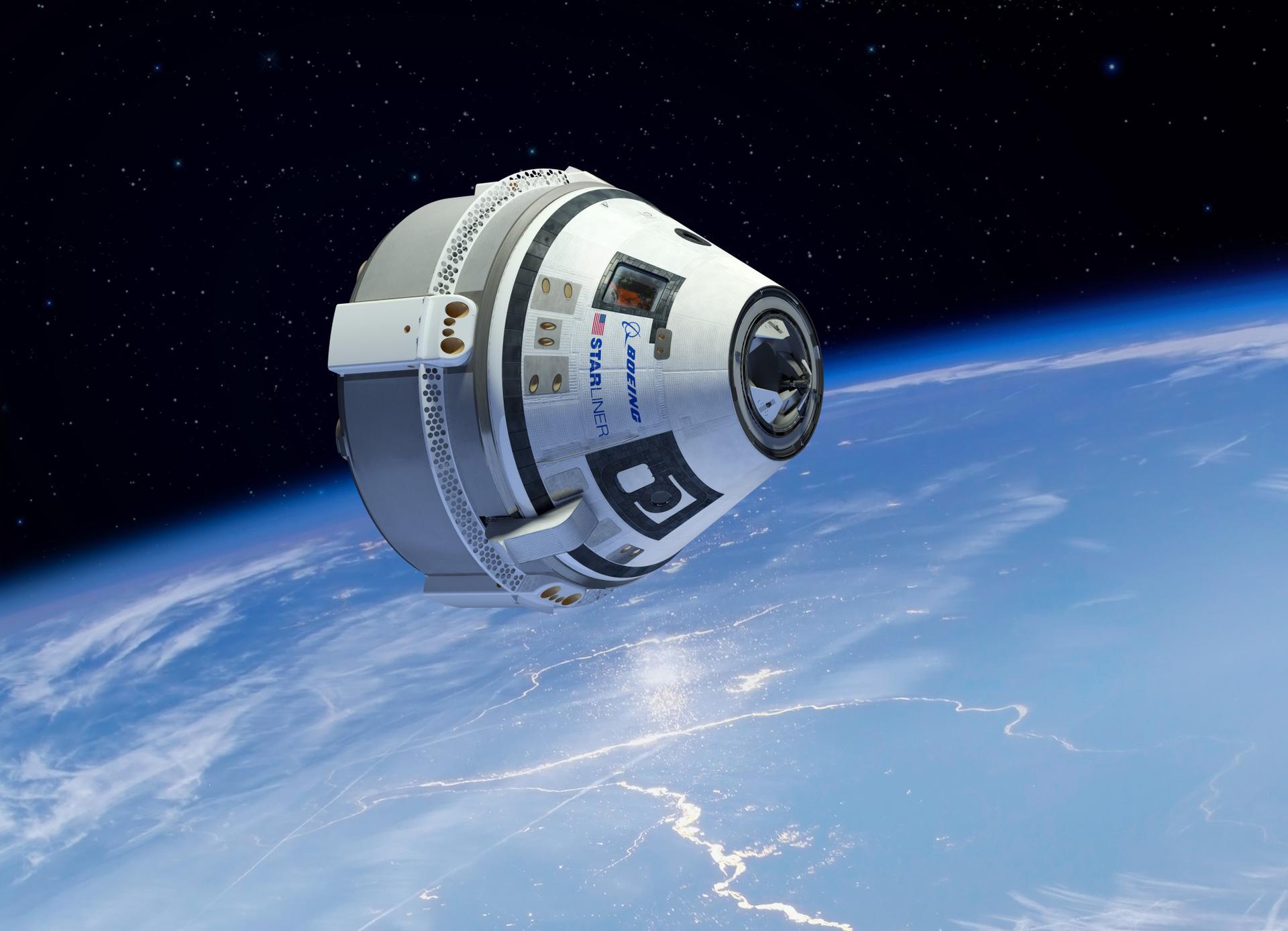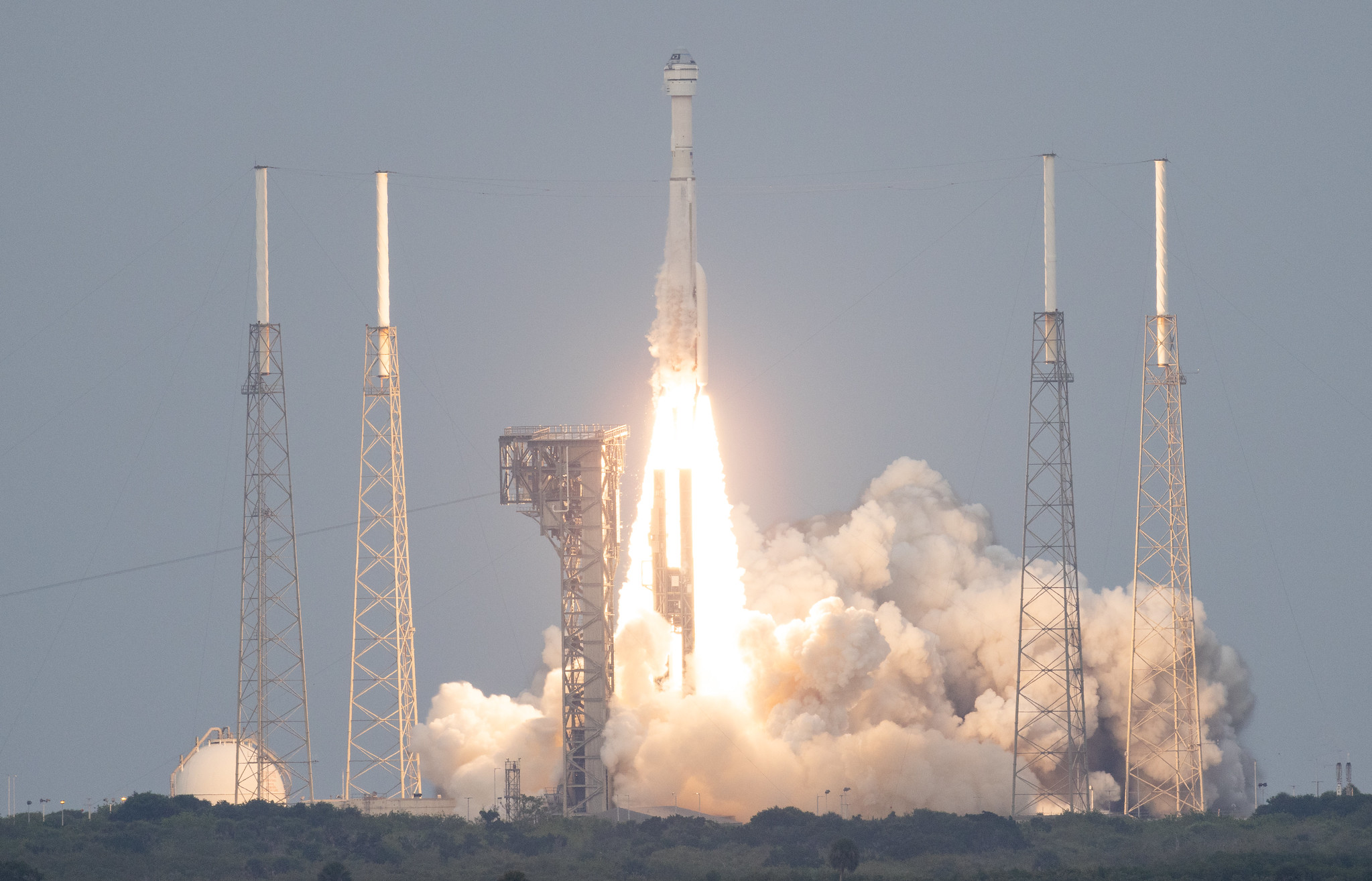Starliner Launch Preparations

Starliner launch today – The Starliner spacecraft is meticulously prepared for launch, undergoing a series of technical procedures and safety protocols to ensure a successful liftoff. A dedicated launch crew, each with specialized roles and responsibilities, oversees the intricate process.
Starliner’s launch today marks a significant milestone in space exploration. While the world awaits the outcome with bated breath, critics are eagerly anticipating the release of “The Acolyte,” a new Star Wars series on Rotten Tomatoes. The show promises to delve into the dark side of the Force, exploring the origins of the Sith and the High Republic era.
As Starliner embarks on its journey, the buzz surrounding “The Acolyte” serves as a reminder of the enduring fascination with the Star Wars universe and the endless possibilities it holds.
Launch Crew and Responsibilities
- Commander: Responsible for overall command of the spacecraft and crew during launch and ascent.
- Pilot: Operates the spacecraft’s flight controls and monitors systems during launch.
- Mission Specialist: Supports the commander and pilot, performs experiments, and monitors spacecraft systems.
- Flight Director: Oversees launch operations from the ground, coordinating with the launch crew and mission control.
Technical Preparations, Starliner launch today
Prior to launch, the Starliner undergoes rigorous technical checks and inspections. Engineers meticulously verify the spacecraft’s systems, including propulsion, navigation, communication, and life support. The spacecraft is fueled with propellants and undergoes a countdown procedure to ensure all systems are functioning optimally.
The Starliner launch today is a testament to the power of human innovation. As the spacecraft ascends into the heavens, it carries with it the hopes and dreams of countless people around the world. Among them is the Barash Vow , a sacred oath taken by the people of the Caucasus Mountains to protect their land and their way of life.
Just as the Starliner embarks on a journey to explore the unknown, the Barash Vow serves as a reminder of the indomitable spirit of humanity and our unwavering commitment to the future.
Safety Protocols
Safety is paramount during launch preparations. The launch crew adheres to strict safety protocols to minimize risks. These include wearing protective gear, following established procedures, and conducting thorough pre-flight briefings. The launch pad is secured and monitored to prevent unauthorized access or potential hazards.
Launch Procedure
Once all preparations are complete, the launch sequence commences. The launch vehicle’s engines ignite, generating immense thrust to propel the Starliner spacecraft into space. The spacecraft undergoes a series of maneuvers to achieve the desired orbit, setting the stage for its mission.
Mission Objectives and Timeline: Starliner Launch Today

The Starliner mission’s primary objective is to test the spacecraft’s capabilities in low Earth orbit and demonstrate its readiness for operational missions to the International Space Station (ISS). The mission will also carry out a series of scientific experiments and technology demonstrations.
The mission is scheduled to launch on May 20, 2023, from the Kennedy Space Center in Florida. After launch, Starliner will perform a series of orbital maneuvers to reach the ISS, where it will dock with the station on May 22, 2023. The crew will then spend approximately six months on the ISS, conducting experiments and supporting station operations.
The mission is expected to conclude in November 2023, when Starliner will undock from the ISS and return to Earth, landing in the Atlantic Ocean off the coast of Florida.
Scientific Experiments
The Starliner mission will carry out a series of scientific experiments, including:
- A study of the effects of microgravity on human physiology
- An experiment to test a new method for growing plants in space
- A demonstration of a new technology for recycling water on the ISS
Technology Demonstrations
The Starliner mission will also demonstrate a number of new technologies, including:
- A new docking system that will allow Starliner to dock with the ISS without the need for a robotic arm
- A new life support system that will provide the crew with oxygen, water, and other essential resources
- A new navigation system that will allow Starliner to navigate in space without the need for GPS
Technological Advancements and Innovations

The Starliner spacecraft and its launch system embody a constellation of technological advancements that set them apart from their predecessors. These innovations are pivotal in ensuring the mission’s success and propelling the frontiers of space exploration.
One of the most significant technological leaps is the spacecraft’s autonomous docking capability. Unlike previous spacecraft that relied on ground control for guidance, Starliner can autonomously navigate and dock with the International Space Station (ISS), reducing the risk of human error and enhancing mission efficiency.
Propulsion System
- The Starliner’s propulsion system is a testament to engineering ingenuity. Its hybrid propulsion system combines the efficiency of liquid fuel with the reliability of solid fuel, providing a versatile and robust means of propulsion.
- The spacecraft’s service module houses a propulsion system that enables orbital maneuvering and attitude control. This system utilizes a combination of thrusters and reaction control systems to adjust the spacecraft’s position and orientation in space.
- Additionally, the Starliner incorporates a unique launch abort system. In the event of an emergency during launch, the spacecraft can rapidly separate from the launch vehicle and safely return to Earth, ensuring the crew’s safety.
Avionics and Software
- The Starliner’s avionics and software systems represent the cutting edge of space technology. The spacecraft’s flight computer is a powerful and reliable system that controls all aspects of the mission, from launch to re-entry.
- The software is designed to be fault-tolerant, meaning it can continue to operate even if one or more components fail. This redundancy ensures the spacecraft’s safety and mission success.
- The Starliner also features a state-of-the-art communications system that allows for real-time communication between the spacecraft and ground control. This system is critical for mission planning, data transmission, and crew safety.
These technological advancements not only contribute to the success of the Starliner mission but also pave the way for future space exploration endeavors. The autonomous docking capability, advanced propulsion system, and robust avionics and software systems will enable future spacecraft to operate with greater autonomy, efficiency, and safety, opening up new possibilities for human exploration of the cosmos.
Starliner’s historic launch today marks a significant milestone in space exploration. As the spacecraft embarks on its journey, we are reminded of the ancient Barash vow, a testament to the human spirit’s unwavering commitment to overcoming challenges. Just as the Barash vowed to stand against adversity here , so too does Starliner embody our collective aspiration to reach new heights in the cosmos.
The Starliner launch today, a testament to human ingenuity and perseverance, evokes memories of the excitement surrounding the Apollo missions. In a similar vein, the acolyte time , a groundbreaking novel, transports readers to a future where technology and spirituality intertwine, mirroring the fusion of science and human spirit in today’s space exploration.
The Starliner launch today marks a significant milestone in space exploration. As the spacecraft ascends, it reminds us of the countless creatures that have taken to the skies, including flying spiders. These arachnids use their silken threads to glide through the air, much like the Starliner uses its engines to propel itself into space.
Despite their differences, both endeavors showcase the remarkable adaptability and resilience of life on Earth and beyond.
